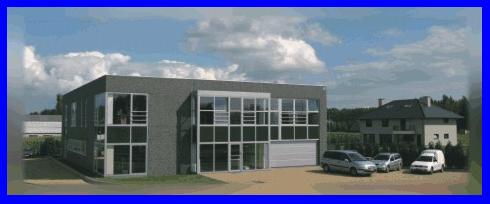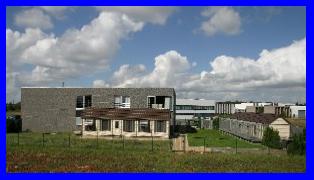Bricon developed and made by pigeon-fanciers for pigeon-fanciers

BRICON was established under BAWIBO Electronics in 1997. Under the foundations of a new company at the end of 2000, Bricon began to boom and in no time at all its name was basking in the international spotlight. Bricon is now represented in some 42 different countries, being the actual market leader in a great many of them. The fact that Bricon had been developed and produced in Belgium by Belgium pigeon fanciers has certainly given it a big advantage over its competition.

The Belgian racing calendar features a great number of races taking place from different liberation points at the same time. Bricon has succeeded in mastering this rather complex situation with an ultimately faultless system. Belgian fanciers recognised this fact and therefore made the decision to choose Bricon, and as a result Bricon has now captured 85% of the Belgium market. Attention to detail, no matter how small is very important to Bricon, and as almost the entire staff of the company are pigeon fanciers they have been able to combine their technical know-how with their extensive pigeon experience to create and develop a product that is “made for and by fanciers”. No matter what the problem, Bricon has soon found a solution.
Each fine detail of the system illustrates the influence of pigeon fanciers. One typical example of this is the Bricon loft antennas on which the birds are detected. Fanciers are well aware that what is required is an open field of detection, with no “dead zones” and Bricon has achieved this. The Bricon antennas have fields which overlap each other and therefore arriving birds are quickly detected and recorded over the entire area of the antenna. The Bricon loft antenna was soon accepted as the “the standard of registration”. Bricon antenna are available in four sizes, the 1- field (14cm wide), 2- field (28cm), 4- field (50cm) and the largest sized 6- field antenna (72cm). Likewise each antenna is only 2cm thick, making them very easy to install almost anywhere at a loft entrance. The fact that there is registration over the entire surface length of the antenna, means that there is no need to build or install any upper entry tunnels with a Bricon antenna. The use of entry tunnels will always slow the birds entry into the loft, but are necessary on inferior antenna that have dead zones, as the bird must be guided away from these zones and over the operating field.
Bricon doesn’t take its position for granted and every effort is taken to ensure that the latest technology is utilised to serve the pigeon sport. The clocks (detecting units) have followed the rapid evolution of the electronics market. The original Little Bricon 100, 500 and 1000 clocks were replaced for the 2004 season by the updated “LITTLE BRICON 1000” with an improved modern design and handy new features.
A brand new model was also launched named “SPEEDY”, a technically superb product that makes electronic clocking possible on a budget, by taking it back to basics, with coupling, training, basketing and of course clocking. Speedy has a capacity of 200 birds at any one time, more than enough for most lofts and can take up to four loft antenna, giving between one and 24 fields. Speedy brings the benefits of electronic clocking within the reach of anyone, but at a price lower than a traditional clock. Speedy can be used together with all Bricon add-ons and is fully capatible with the Lttle Bricon Model. Getting started in ETS with the budget priced Speedy and later upgrading to a higher full option solution is simple and perfectly possible.
Security is also paramount to Bricon. From the outset, Bricon designed a safe housing to cover the inside of the clock, which is unique and sealed at production. A system can only be attacked by cracking its electronic driving system, but neither Speedy nor Little Bricon will allow this to happen without leaving traces on the housing. TNO reports prove the efficiency of this technique. Bricon is the only system that is still investing in the future of the sport of pigeon racing, with extensive research and development taking place at its modern new building situated at Europark Oost 15c in 9100 Sint-Niklaas, Belgium.